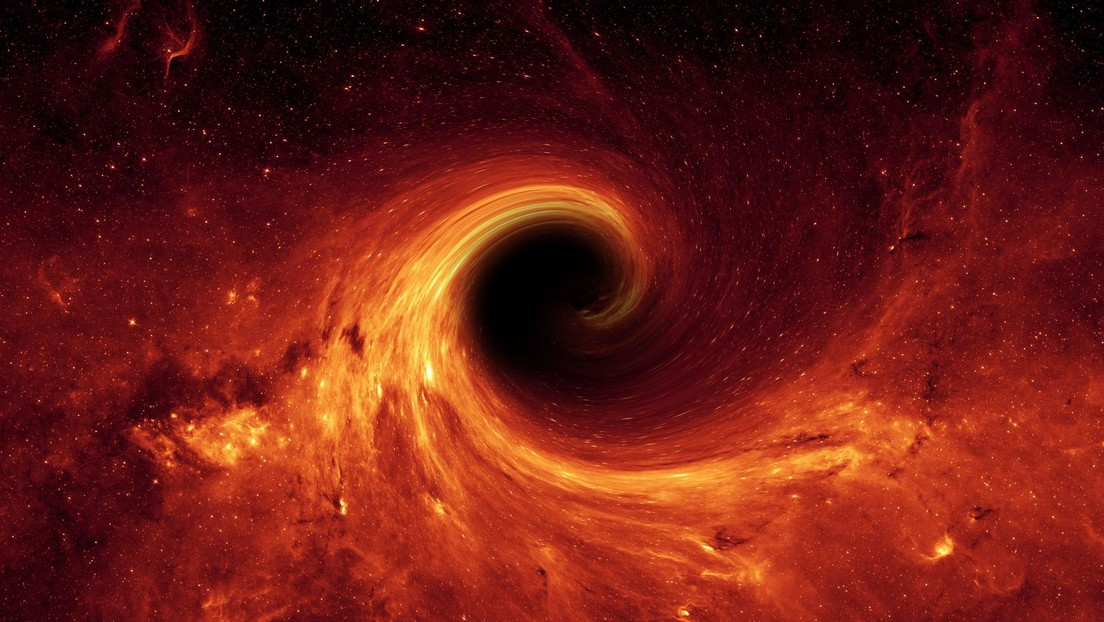
RT, February 19. - A physicist from Vanderbilt University, in the United States, evaluated the gravitational effects that the passage of a primordial black hole would have through the human body, in order to determine the minimum mass that this object should possess to cause considerable injuries or even death, Universe Today reported this Monday.
Primordial black holes, which are believed to have formed after the birth of the universe, are smaller than stellar black holes, with a mass between 100,000 times less than that of a paper clip and 100,000 times greater than that of the Sun.
Some theoretical models suggest that these black holes could be the source of dark matter, that is, the invisible mass that is believed to be responsible for adding gravity to galaxies and other celestial bodies.
Calculating possible damages
For this research, Robert Scherrer (a specialist in dark matter, dark energy and physics of the early universe) analyzed the damage caused by tidal forces and shock waves from a primordial black hole with a mass similar to that of asteroids. These holes measure less than a micrometer in diameter, so their tidal forces, which originate from the difference in gravitational attraction on an object, would only cover a tiny area of the body.
In the hypothetical case that one of these objects were to pass through a limb or the abdomen, the damage caused by the tidal forces would be similar to that of a needle prick. However, if it hits the head, these forces could destroy brain cells.
On the other hand, Scherrer warned that the shock waves generated by black holes represent a greater danger, since they can physically affect cells and transmit harmful thermal energy.
A small black hole could create a shock wave with energy equivalent to that of a .22-caliber bullet, which could be lethal. Despite the theoretical possibility of death from a tiny black hole, the probability of such an event occurring is incredibly small.
According to Scherrer, even if primordial black holes with the mass of an asteroid existed, their number, compared to the vastness of space, would make the probability of an encounter with a human one in 10 trillion. The results of the study were published on the preprint service arXiv. (Text and Photo: RT)